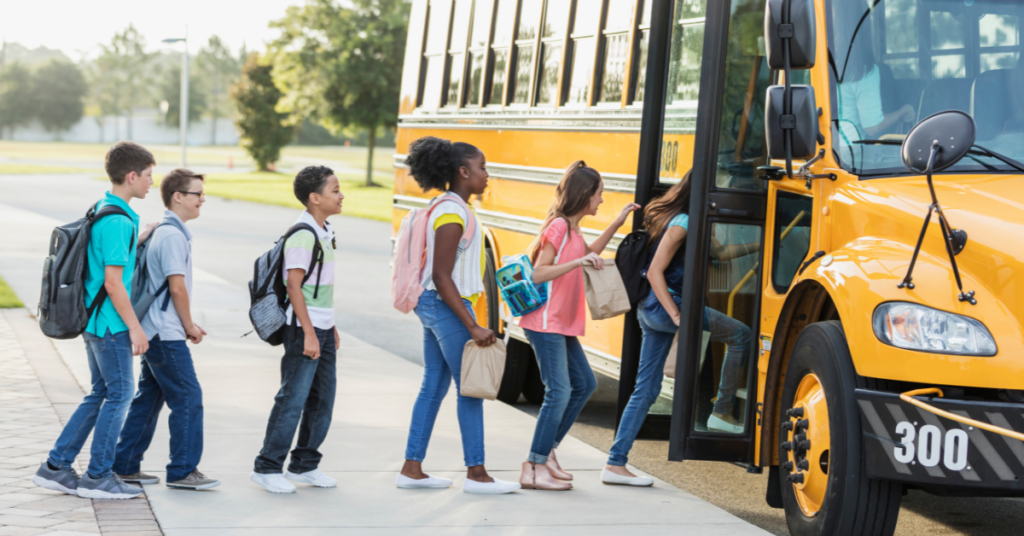Creating welcoming, inclusive schools is a top priority for the LGBTQ+ equality movement. Often, the focus of these discussions is on developing LGBTQ+ friendly classrooms for youth in middle and high school. However, children with LGBTQ+ parents also experience bullying and marginalization. These children often encounter negativity at the preschool or elementary level when they first “come out” as having LGBTQ+ parents.
So, LGBTQ+ parents are critical advocates in the fight for safe and welcoming schools. Read on to learn more about how you can create inclusive schools for LGBTQ+ youth and children in LGBTQ+ families.
What does an inclusive school look like?
The spectrum of LGBTQ+ inclusivity in schools is wide and can range from having an explicit anti-LGBTQ+ bias to incorporating LGBTQ+ related issues into everyday policies and curriculum. Regardless of where a school falls on this continuum, we can always work harder to ensure that LGBTQ+ families, youth, and staff feel totally welcome in the classroom.
To create LGBTQ+ friendly classrooms, schools must have:
- Inclusive paperwork and forms. Schools forms should use inclusive language and formatting. For example, “Parent/Caregiver” is more inclusive of diverse family structures than “Mother” and “Father.” Forms should also include space for blended families and youth with more or less than two “primary” caregivers.
- Inclusive policies. Of course, to begin, any anti-LGBTQ+ policies should be rescinded. Then, school policies should explicitly protect students from discrimination, bullying, and harassment based on actual or perceived association with the sexual orientation, gender identity, and/or gender expression of them or their family members.
- Inclusive curriculum. All children deserve to see their family reflected and valued at school. Children with LGBTQ+ families often feel invisible in their schools when they don’t see their family reflected in the classroom. An age-appropriate curriculum that includes LGBTQ+ families or other LGBTQ+ topics helps students with LGBTQ+ parents/caregivers feel included and valued and teaches all students the value of diversity and inclusion.
Once the school meets these basic foundations for LGBTQ+ inclusivity, it’s time to dig deeper! This means:
- Encouraging the school or district to assess the overall school climate by administering a survey that includes questions about anti-LGBTQ+ bullying.
- Recommending a “safe zone” or “safe staff.” This is an individual who has received LGBTQ+ competency training and will be an ally and advocate for the child and/or family.
- Providing guest speakers on LGBTQ+ families and LGBTQ+ equality for students.
How can you get involved in creating LGBTQ+ friendly classrooms?
Now that we know the tangible steps that schools can take to be more welcoming of LGBTQ+ families, staff, and students, let’s talk about how LGBTQ+ parents can make it happen! There are many ways parents can help schools create LGBTQ+ friendly classrooms. Like by:
- Introducing yourself to your child(ren)’s educators with this template email listing a few simple ways they can create a more inclusive classroom. Often, putting a face to the work makes the need more apparent!
- Bringing the LGBTQ+ family perspective to existing groups or coalitions that are already working to address equity and inclusion in schools.
- Connecting your school with organizations that can provide training on the unique experiences of children with LGBTQ+ parents in schools. You can find opportunities for training at district-wide staff development days, educator conferences, and college or university teacher education programs. Specifically, these trainings should cover:
- How to respond to homophobic language and behavior.
- How to address LGBTQ+ topics in age-appropriate ways.
- Organizing LGBTQ+ families and allies to get engaged. Mobilizing the power and passion of parents and caregivers can be very effective in creating change in schools!
Local LGBTQ+ family groups are also invaluable in this school advocacy work. Consider seeking out or starting your own group to connect with other parents in your school district, receive advocacy training, and more.
For more tangible tips on creating a safe classroom for your child(ren), click here.



